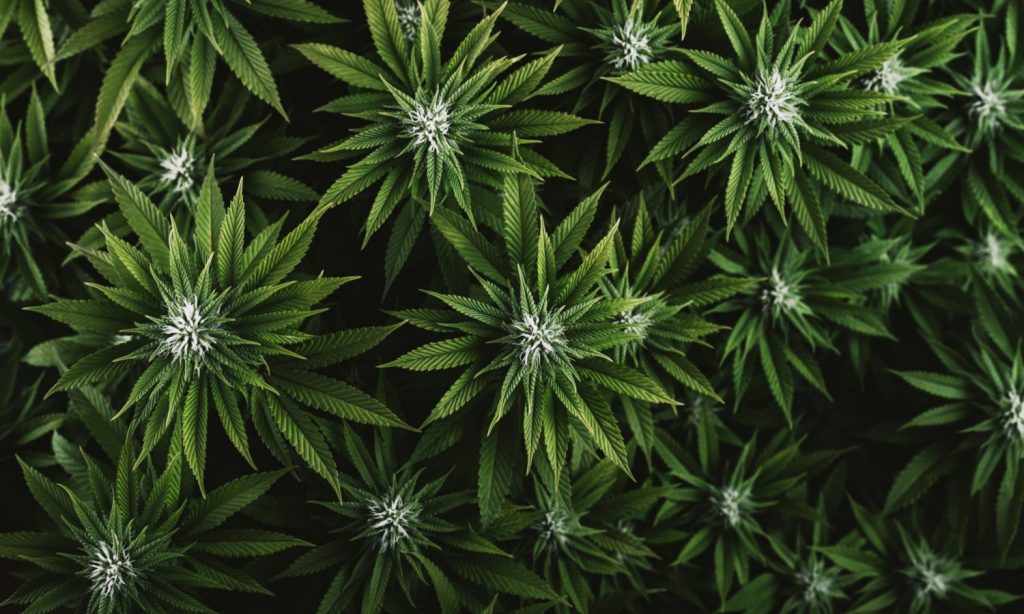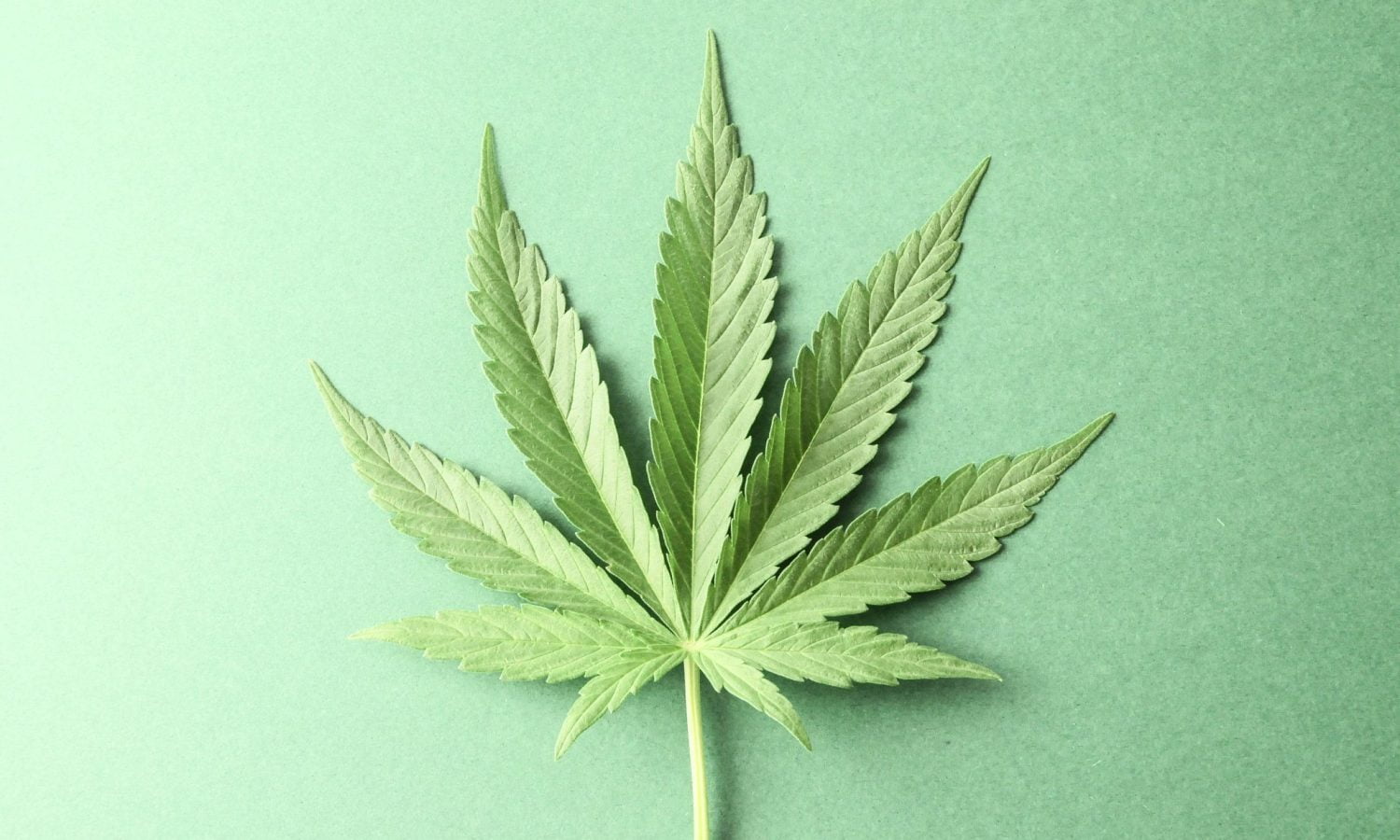Cannabis does not need to have a large carbon footprint, but it does, and it’s not going away anytime soon.
Weed really does grow “like a weed” in some parts of the country. As states legalize medical and recreational marijuana, however, most natural growing has been tossed aside and replaced with energy-laden practices.
Some farming techniques use shocking amounts of electricity and natural resources while simultaneously pumping harmful toxins into the environment. If left unchecked, these growing methods may have lasting effects on the environment and global climate.
Most modern farming uses some natural resources. Cannabis cultivation, however, currently requires significantly more resources than other types of horticulture. “A 2012 report on the carbon footprint of indoor production found that cannabis production makes up 1% of national electricity use,” according to the National Conference Of State Legislatures.

The reason for this giant electric bill has a lot to do with how and where marijuana is grown. “Nationally, 80% of cannabis is cultivated indoors with sophisticated lighting and environmental controls designed to maximize the plant’s yield,” according to Politico. Cannabis requires specific temperatures, humidity levels, lots of water and sunlight hours in order to yield a most lucrative crop.
Ventilation of these indoor facilities is not only pivotal to healthy plant growth, but also perhaps the most costly factor in cannabis farming. According to this article on TED.com, “The biggest energy use comes from constantly bringing fresh air into growing facilities, since proper ventilation is essential for fueling photosynthesis and preventing pests and mold.”
Cannabis can grow very quickly compared to other plants. In turn, it absorbs a great deal of C02 and gives off lots of oxygen. If cannabis cultivation occurred wildly and organically outdoors, this could potentially be good for the environment. But most of the energy used to ventilate indoor facilities cancels out this potential benefit. Some facilities even emit high levels of dangerous C02 to magnify the plants’ growth potential.
RELATED: 4 Ways Cannabis Is Becoming A Greener Industry
“They are putting in bottled CO2, or they’re burning natural gas on-site to basically get CO2 in the room,” Hailey Summers, the first author on a frequently-cited study on the energy costs of cannabis, and a Ph.D. candidate at Colorado State University, told Slate. Not all growers pump C02 into their indoor facilities. Still, this practice is permitted and widely used, as there is no current federal regulation that dictates against procedures like these.
Federal legalization may be one of the best ways to decrease the carbon footprint of marijuana farming in the U.S. This would help standardized federal growing practices and provide environmental oversight. Additionally, it would be legal to transport cannabis between states.
RELATED: Sustainable Cannabis — How To Find It And Why You Need To Start Caring

Currently, cannabis sold in a state that has legalized cannabis must be grown and sold in the same state. Consider oranges. If the same rules applied to oranges then Maine would need to grow their own oranges. This would require indoor facilities, lights, heat and a lot more energy and money than growing oranges in Florida.
RELATED: States Pushing Cannabis Operations To Be More Earth Friendly
The same can be said for cannabis growth. “The crux of the problem is that federal prohibition means that you cannot transport any cannabis across state lines,” Baylen Linnekin, an agriculture lawyer and senior fellow at the Reason Foundation, told Rolling Stone.
Cannabis does not need to have a large carbon footprint, but it does, and it’s not shrinking. As global leaders continue to ponder the massive climate change problem, there is much to contemplate. It may be worth considering the ever-growing multibillion dollar business of cannabis, and how to turn its carbon footprint into a fresh set of lungs.


